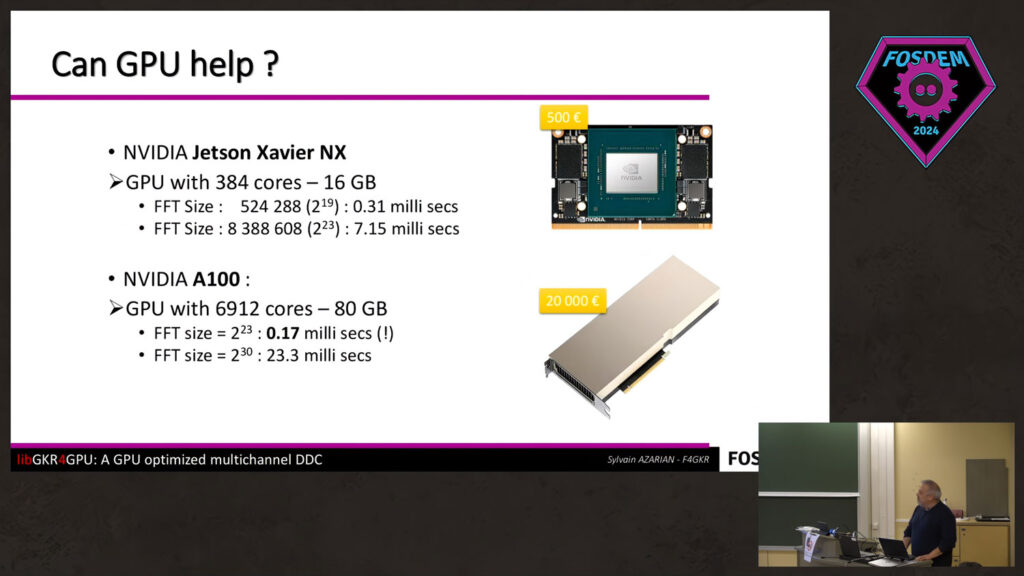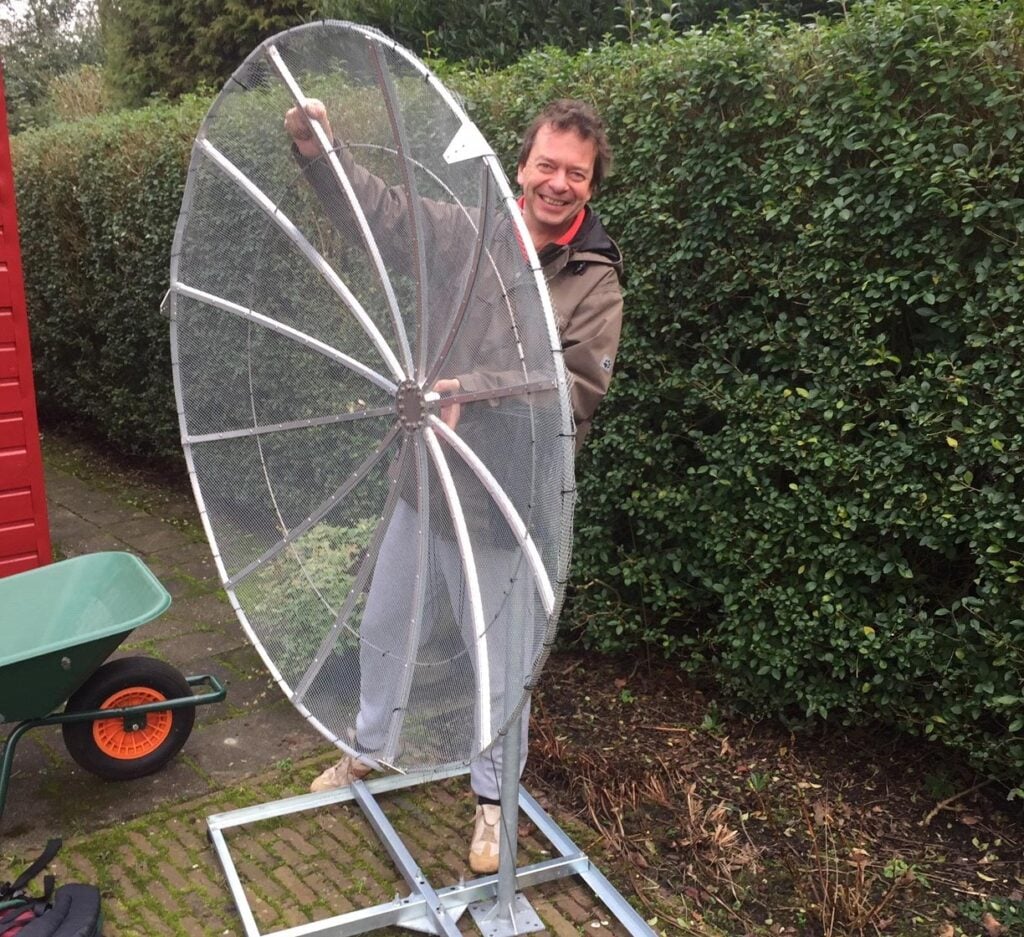Taylor Swift Threatens Legal Action Against Owner of X Account that Tracks her Private Jet via ADS-B
Jack Sweeney is a student who operates various social media and websites dedicated to tracking the private jets of celebrities and notable persons. In the past he's drawn the ire of Elon Musk who banned his @ElonJet account in 2022 which used to provide live updates on the location of Elon Musk's private jet. These days he operates the @ElonJetNextDay account which tracks Elon's jet with a 24 hour delay on X, but continues to track the jet live on other platforms.
Recently the legal team for global superstar Taylor Swift threatened legal action against Jack Sweeney for running the various social media accounts that track her private jet including @SwiftJetNextDay on X with a 24 hour delay, or live on alternative platforms like Mastodon. Swift's legal team claim Sweeney's live tracking accounts pose an “imminent threat to the safety and wellbeing” of Swift.
Jack notes that he makes use of legal live ADS-B flight data from public data aggregators like Airplanes.live and AirFramesIO. ADS-B data is most commonly provided from contributors with RTL-SDR dongles running on Raspberry Pi single board computers.
The FCC does not prohibit the collection of unencrypted radio signals such as ADS-B and ACARS. This is done by thousands of feeders who give data to websites like @live_airplanes, TheAirTraffic, @AirframesIO, and ADSBexchange.
— Jack Sweeney (@Jxck_Sweeney) February 7, 2024
Even without Sweeney's social media accounts anyone can legally look up this live public flight data data, or even receive it themselves directly from the aircraft if they are close enough. Although a point can be argued that the social media accounts run by Sweeney make it significantly easier for this information to be obtained and shared by anyone.









